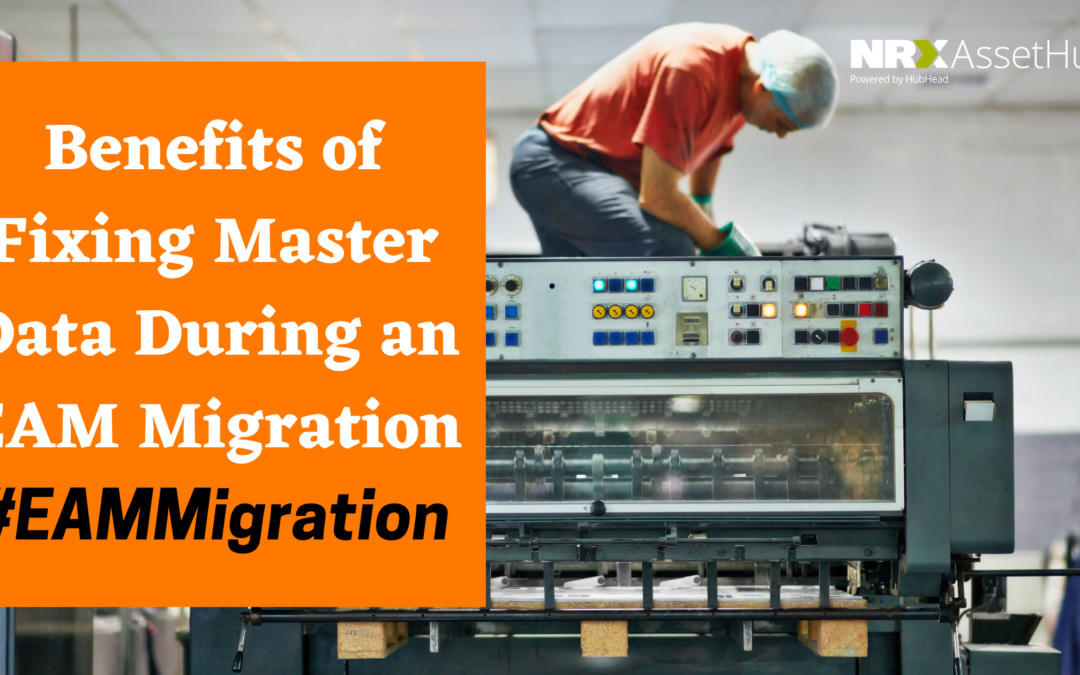If you have decided to do an EAM Migration, you are doing so with the hopes of upgrading and improving upon your current EAM. However, to truly maximize your investment, it’s critical to ensure that your current EAM master data is high quality. Otherwise, you’re going to take the same baggage that you had in your previous EAM onto your new one. The new system itself won’t change life if data that has been built up over the years is inaccurate, incomplete, in-compliant with standards (etc.).
For an EAM Migration to be worthwhile, the master data must be fixed before or during the migration. Below are the benefits of doing so.
Ensures Migration Is Successful
One of the main reasons why data migrations from one EAM to another fail is poor data quality. A company’s asset and maintenance master data is a critical component of a successful EAM system. Often, newer EAM systems that companies want to migrate to have strict data standards that poor quality data will not be compliant with. This will be especially apparent if a company’s data is being migrated from a legacy system. To prevent the EAM Migration from failing altogether, it’s critical to cleanse the source EAM’s master data before the switch is made.

Avoids High Maintenance Costs
Poor quality master data means that more time must be spent maintaining and searching for information post-migration. If poor quality data is present in the migrated system, its issues will be more amplified in the newer system than in the older one. This can lead to significant disruptions, loss of productivity, decreased wrench time, and other maintenance issues. More time and money will be wasted not only as a result of these issues but in trying to fix these issues. The best way to resolve these issues is by fixing master data before or during an EAM Migration itself.
Optimize Asset Hierarchy
An EAM migration is the best time to review your asset hierarchy to optimize it in your new EAM system. It is much more difficult to reorganize an asset hierarchy in a live system where you have historical transactional data you need to preserve and many active dependencies on the current structure. An EAM migration gives you the ability to adopt a standardized process oriented hierarchy that can support new maintenance initiatives moving forward like improved scheduling, condition based monitoring and asset performance management (APM).
Further, if your company has always wanted to change its corporate standards to more optimal industry standards, then an EAM Migration is a perfect time. For example, ISO-14224 is our recommended standard for Oil and Gas companies as it allows your company to collect reliability and maintenance data better.
How We Can Help
HubHead solutions and services can help you find the appropriate industry standard and reorganize your asset hierarchy before or during an EAM Migration. We can ensure that your EAM Migration will be successful by cleansing your master data and help to fix data issues before they become apparent in your new EAM system.
We can help improve the quality of your master data so you can maximize your investment in an EAM Migration. Contact us today or download our brochure below.
Bad Master Data In Your EAM System
How Does Bad Master Data Cause Unexpected Downtime
Why Is An EAM Migration The Ideal Time To Fix Your Data
Share this article




